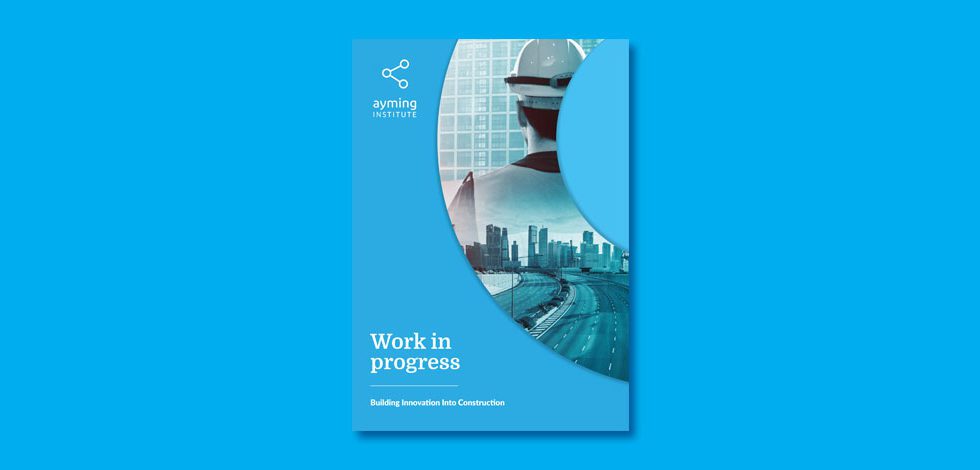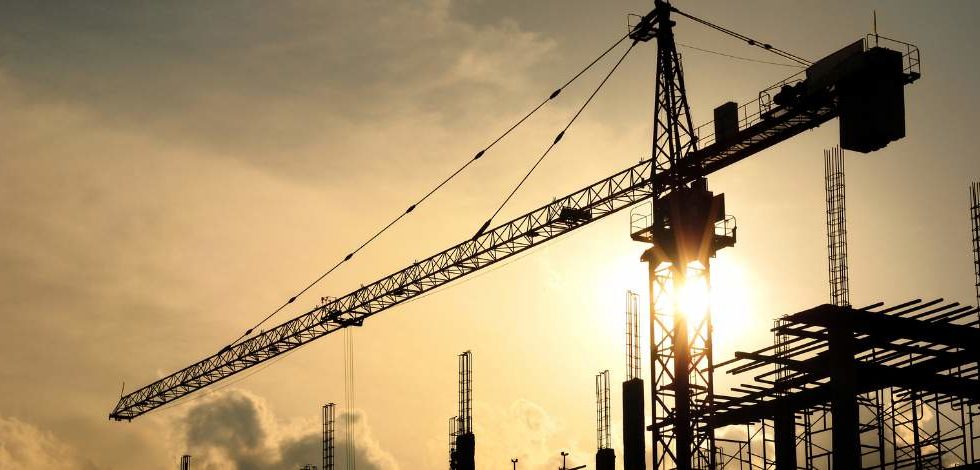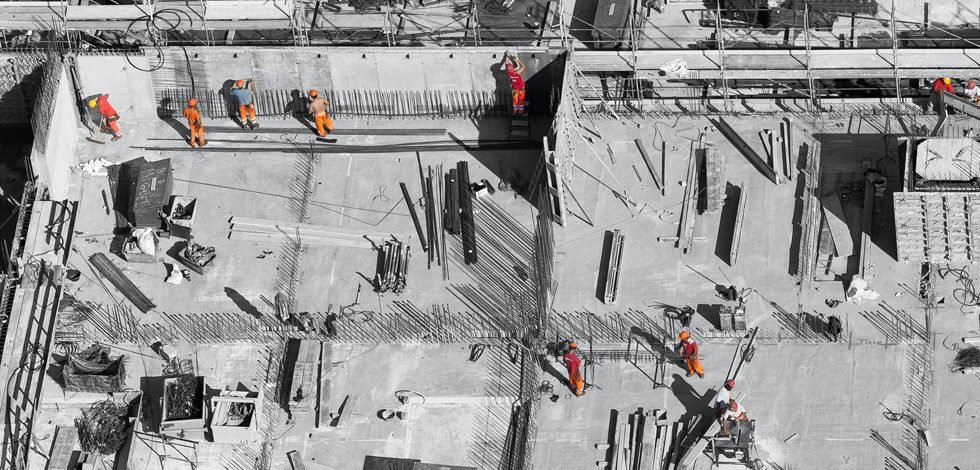Despite positive moves toward gender equality in the construction industry, progress has been relatively slow. A 2020 survey of women in the sector by recruitment consultancy Randstad uncovered several concerning statistics, including that 41% had received inappropriate comments from male colleagues, 72% had experienced gender discrimination in some form, and 26% felt left out or excluded from male conversations or social events.
To get to the bottom of some of the big issues and opportunities at the intersection of gender and construction, Ayming recently hosted a roundtable of female professionals in the industry. Statistics aside, the mood in the room was overwhelmingly positive, and it sounds like things are moving in the right direction, with the younger participants in the room saying that their experience so far had been overwhelmingly positive.
Across the generations and sub-sectors, several distinct themes emerged throughout the discussion, including how to get more women through the door, and how to better retain and develop female talent.
Getting women through the door
Education
One key issue identified by roundtable attendees was the unconscious bias that exists in schools, with girls not being encouraged to take STEM subjects, or pursue degrees like engineering. This is supported by the fact that interest by young women in STEM subjects seems to fall over time; while 60% of girls aged 11-14 think they could become engineers, by 16-19 only a quarter would consider it.
Out of those that do take STEM subjects, girls are significantly more likely to underestimate their capability, even though they outperform boys at GCSE and A-Level.
That said, schools in the UK have begun to see a slow but steady rise in the number of girls taking GCSE Physics and Computer Science – a tentative sign of progress.
Additionally, as uncovered in Ayming’s 2021 whitepaper Women in construction, women who do go into engineering tend to make the choice much more actively than men, who are more likely to fall into it.
Attendees concluded that a more considered approach to educating women in STEM at the secondary school level, and removing the unconscious bias of teachers and career counsellors, is necessary to increase the number of female entrants to the sector.
Quotas
Another common, and arguably more divisive, conversation around how to get more women into the construction industry is the concept of quotas. Attendees highlighted that ESG is a huge concern for businesses in the industry, including diversity and inclusion (D&I) targets. While these can see more women hired, they can also encourage a ‘tick-box’ approach to D&I, or at least the perception of one. One attendee cited being told that she was only being offered a board position because they needed a woman.
A long time was spent talking about whether quotas are a good thing when it comes to driving change. Generally, it was agreed that reaching for targets was a more sensible approach.
Retaining women
Bias and belonging
The ongoing challenge for the industry is not only increasing the number of female entrants, but retaining them once they are through the door. The industry needs to foster an environment that is attractive to women so they want to stick around.
Although most attendees agreed that the industry has been changing for the better in recent years, there are still regular incidences of gender bias on construction sites, and narrow views from men in positions of authority.
Much of this bias and sexism tends to be more unconscious than overt in the modern context, and some might seem mild compared with the gauntlet thrown at women pioneers on construction sites. But unconscious bias can be equally insidious and fuel an overly masculine work culture in which women feel like they do not belong.
Male allies
An interesting point brought up in conversation was that, while it is great that women can come together and have discussions around gender issues in the workplace, to drive real change, men need to be at the table, too. One attendee suggested inviting male colleagues and employers to future roundtables, opening up the conversation around how men can become better allies to women in the industry.
Development for all
Mentorship
Beyond simply retaining women, their work should feel meaningful, and their careers progressing. There continues to be a notable lack of women in senior positions in the construction industry, meaning there are fewer senior women available to mentor those in more junior positions, creating a cycle where it is more difficult for women to move up the ranks.
Attendees agreed almost unanimously on the importance of developing more strong female role models within the industry to support and inspire other women. They also discussed the merits of ‘reverse mentoring’ to help male executives understand key issues faced by women at work.
Valuing the qualities women can bring
Women in the workplace can also bring development opportunities for the entire company and industry at large. A growing body of research supports the view that diversity drives innovation and raises corporate performance. As such, there is undeniable opportunity cost for construction companies that fail to build diverse management teams, meaning it is in the industry’s best interest to re-position itself as a progressive sector committed to sustainable and socially valuable development.
Of course, such change won’t happen overnight, but the engagement of Ayming’s roundtable attendees suggests that there is certainly an enthusiastic cohort of women across the generations ready to lead it.


















No Comments